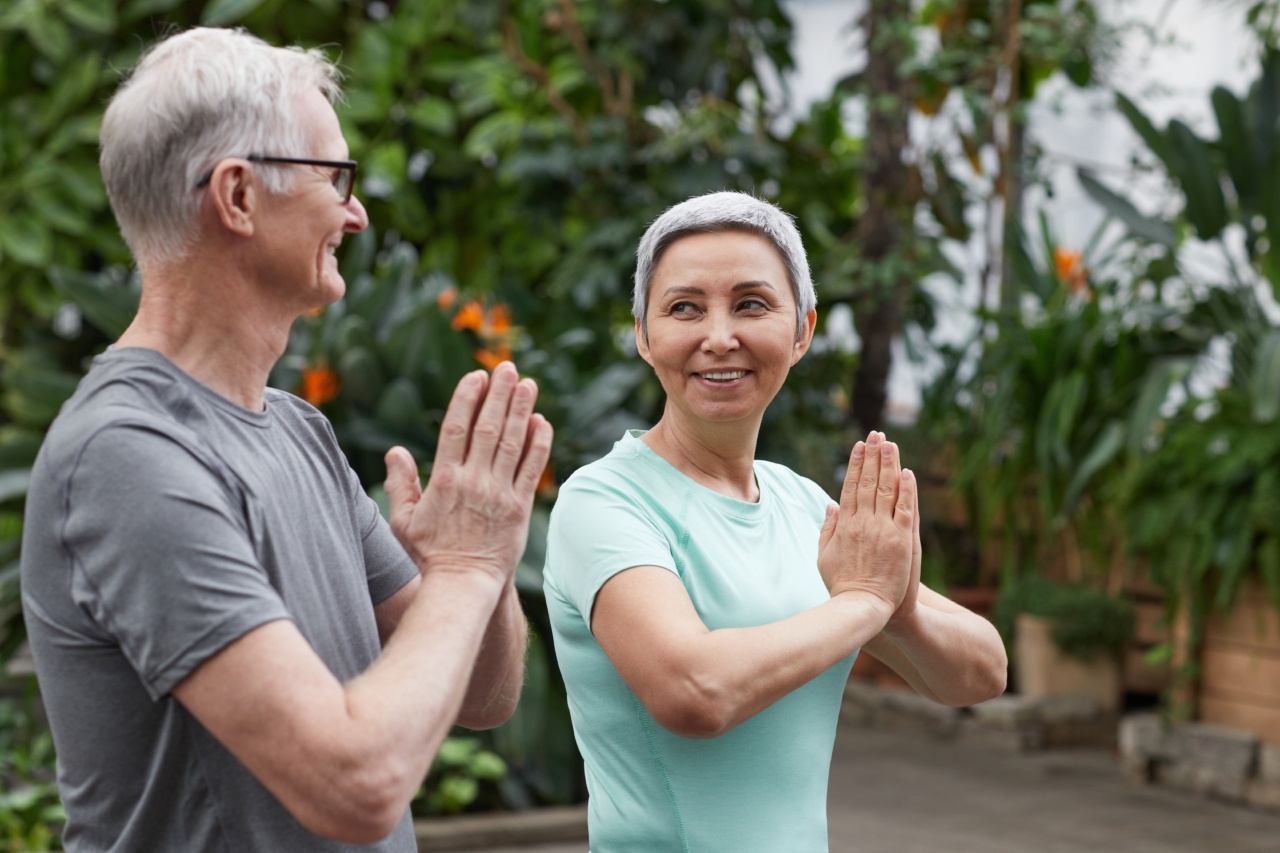Aging is an inevitable part of life, and as we age, our bodies begin to go through a series of changes that can impact our health and well-being. One of the most important things older adults can do to stay healthy and active is to exercise regularly.
While there are many forms of exercise that can be beneficial for older adults, it’s important to find activities that are appropriate for your age, fitness level, and health condition. In this article, we’ll explore some of the benefits of exercise for older adults and provide tips for getting started.
Benefits of Exercise for Older Adults
Exercise is beneficial for people of all ages, but it becomes even more important as we get older. Here are just a few of the many benefits of regular exercise for older adults:.
1. Improves Cardiovascular Health
As we age, our risk of developing cardiovascular disease increases. Regular exercise can help to improve our cardiovascular health by strengthening the heart and reducing our risk of high blood pressure, stroke, and heart attack.
2. Enhances Balance and Coordination
As we age, our balance and coordination can begin to decline, making us more prone to falls and injuries. Regular exercise can help to improve balance and coordination, reducing the risk of falls and improving our overall mobility.
3. Increases Muscle and Bone Strength
As we age, our muscles and bones begin to weaken, which can lead to a variety of health problems, including osteoporosis and fractures.
Regular exercise can help to increase muscle and bone strength, reducing the risk of these conditions and improving our overall health and well-being.
4. Helps with Weight Management
As we age, our metabolism slows down, making it more difficult to maintain a healthy weight. Regular exercise can help to boost our metabolism, making it easier to manage our weight and reduce our risk of obesity and related health problems.
5. Improves Mental Health
Regular exercise has been shown to be beneficial for our mental health, reducing our risk of depression, anxiety, and cognitive decline. Exercise can also help to improve our sleep quality and reduce stress levels.
Tips for Getting Started
If you’re new to exercise or haven’t exercised in a while, it’s important to start slowly and gradually work your way up to more intense activities. Here are a few tips for getting started:.
1. Consult with your Physician
Before starting any new exercise program, it’s important to consult with your physician to make sure that it’s safe and appropriate for your health condition.
2. Start Slowly
Start with low-impact exercises, such as walking, swimming, or gentle yoga, and gradually increase the intensity and duration of your workouts as your fitness level improves.
3. Use Proper Equipment
Wear supportive footwear and appropriate clothing for your chosen exercise, and use any necessary equipment or aids to help you exercise safely and comfortably.
4. Join a Group
Joining an exercise group or class can be a great way to stay motivated and make exercise more enjoyable and social. Look for classes or groups that cater to older adults or those with your specific health condition.
5. Mix it Up
Try to incorporate a variety of exercise activities into your routine to keep things interesting and challenge different parts of your body.
In Conclusion
Exercise is an essential part of a healthy lifestyle, particularly for older adults.
Regular exercise can help to improve cardiovascular health, enhance balance and coordination, increase muscle and bone strength, aid in weight management, and boost our mental health and well-being. By starting slowly, using proper equipment, and incorporating a variety of exercise activities into your routine, you can reap the many benefits of exercise and live a healthy, active life well into your golden years.































